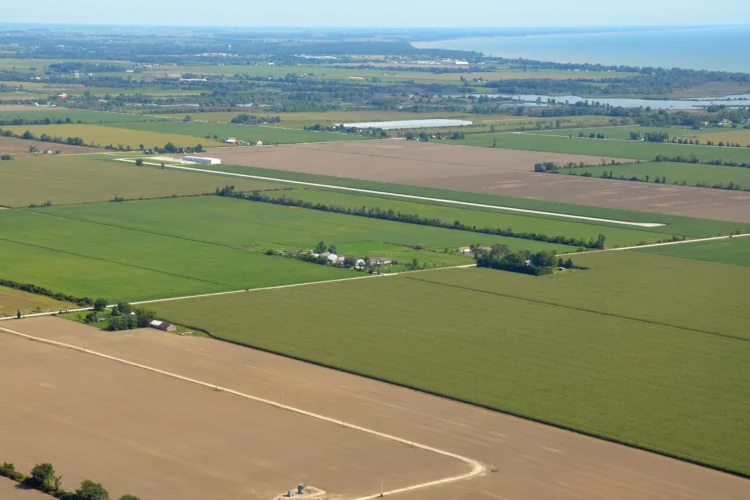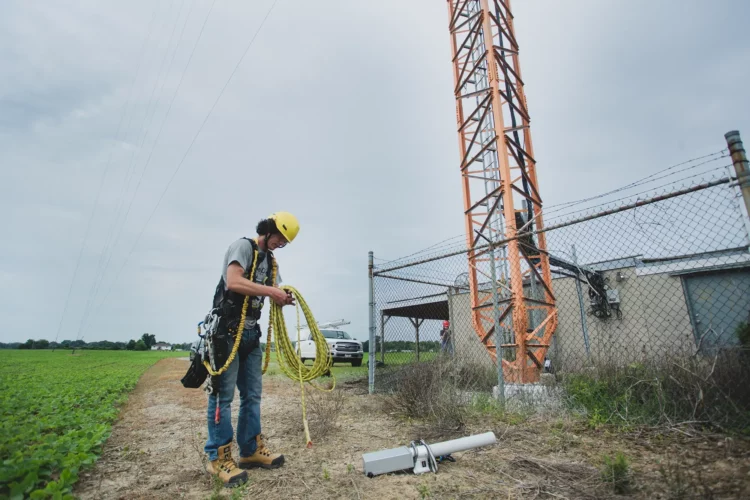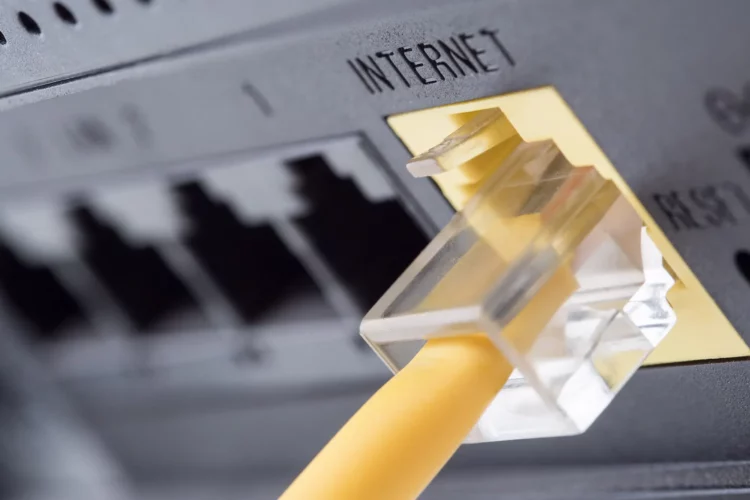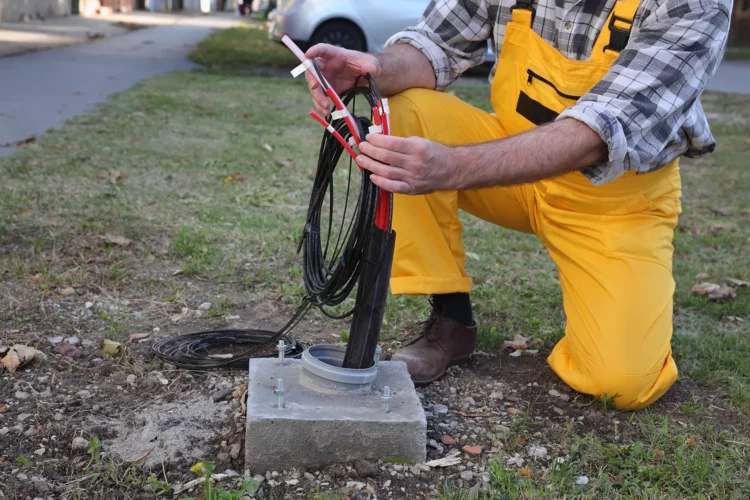Canada has the 13th fastest internet in the world. Yet if you live outside one of our major cities, you’ll know how rough the internet for rural areas can be. In some remote areas, it can seem like you’ll be forever limited to dial-up, in others, you might not get any internet at all.
Knowing how to get internet in rural areas can seem like a mystery. We’re here to help you.
By the time you’ve finished reading this article, you’ll know how to get high-speed internet in rural areas and how to get wifi in remote areas. Read on to learn more.
1. Investigate Your Options
Before we begin, we should take a look at the various options you have available to you when investigating how to get internet in rural areas. One option is to use a 3G/4G dongle. These connect to your machine and let you access the internet through your mobile network.
The problem with these solutions is that dongles typically come with harsh data caps. You can expect to only have access to as little as 20 GB of data per payment period. This isn’t going to let you watch Netflix or game, so it’s not a great solution if you spend long periods in rural areas.
Another possible option is satellite internet. This can be used from anywhere above the ground and offers good speeds. The key problem with satellite internet is its terrible latency, which is how long it takes your signal to reach the server.
High latency means that gaming quickly becomes a laggy exercise in frustration. Satellite internet is expensive too, and you’ll need to pay to have a dish installed.
Your other option is to go with us. We offer fast, reliable internet in rural settings across Ontario. Whether you need a connection for the home or for your business, we can help you.
2. Check Coverage in Your Area
Before you make a move on having the internet installed in your home, you will need to check coverage. Depending on which type of service you go for, this will vary.
If you have decided to use a dongle for occasional internet access, you can use this anywhere you have a cellular signal. If you live in a truly remote area, then satellite internet may be your only option.
If you would like to use our internet for rural areas services, then you should take a look at our coverage map. If you fall within our coverage area, then congratulations! High-speed internet is just a click away!
3. Do Your Research
When you’re looking at rural internet packages, it can be easy to get distracted by possible speeds. While your ISP should always do its best to make sure that you get the very best speed you can, it may not always be possible.
You should understand the different terms used, too. Learn the difference between speed and bandwidth, for example.
Depending on which ISP you go with, you may be protected under the government’s new Internet Code. This new piece of consumer protection is there to help you get the best deal and treatment that you can. Before dealing with an ISP, learn your rights.
4. Learn How We Help You Get Internet for Rural Areas
Living in a rural area can be frustrating for internet access. Yet it doesn’t have to be. We offer reliable internet to rural areas, without having to rely on satellites or 4G base stations. So how do we do it?
We use what are called Fixed Wireless connections. These don’t require a physical connection to your home. Instead, all it requires is that a hub is nearby.
A hub is a tower that is connected up to high-speed fiber internet. A small receiver on your house then lets you connect to the base station: all you need is a line of sight.
When you’ve had a receiver installed on your home, we bring the internet into your house using the same cable any other ISP would use. This can then be hooked up to a router. You won’t know the difference between this and any other internet connection!
It gives you fast, reliable internet with lower latency than satellite and without the data caps you get on 3G/4G dongles. Do you want to know more? Read this article on all the benefits of fixed wireless rural internet.
5. Learn How to Get the Most from Your Connection
Before you start using your new connection, you should know how to get the most out of it. If it slows down, you should know how to fix it. Let’s take a look at some of the best tips for improving your internet speed.
Protect Your Wi-Fi Network
Knowing how to get Wi-Fi in remote areas is enough. It’s important that, once you have it, you decide who can use it. If you let others hop on your unsecured network, your speeds will drop.
Set up a strong password and only allow access to those you trust.
Make Sure Your Router Is in a Good Position
Your router should be in a position where its signal can reach all over your home. It should also be kept away from microwaves, as they can interfere with its signal.
Buy a Range Extender
If you want your Wi-Fi to have better coverage for your home, then you will need to buy a range extender. These can be bought from most large electronics stores and will improve your Wi-Fi network’s range. Plug them into a free power socket, and they’ll boost your router’s signal.
How to Get Internet in Rural Areas: Solved
Knowing how to get internet in rural areas can seem like a mystery. It’s one that we’ve cracked. We’re able to offer you fast, reliable internet across a wide stretch of Ontario.
If you fall within our coverage area, take a look at our services – just type in your address at the top of the page to see if we can service your location.






